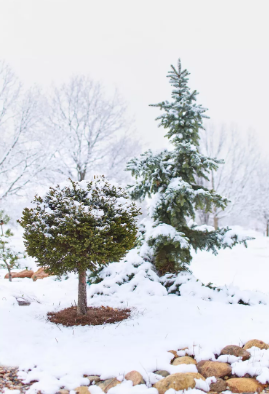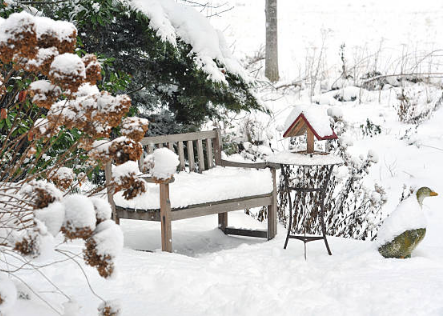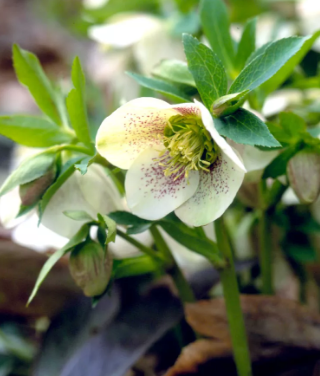In the summer, our garden becomes colorful, colorful, colorful, and colorful. These gardens seem to lose these qualities during the winter months, especially in the frozen northern regions. However, it doesn’t have to be this way. There is a subtle beauty to the quiet season, waiting to be embraced. One of the easiest ways to bring your winter landscape to life is to plant plants that glow during the colder months (yes, these plants do). These winter garden design tips will help you strategically select and place these plants so that the landscape looks beautiful in all four seasons.

1. Evaluate your winter landscape.
First, take stock of what your winter garden looks like now. Take photos to see where the scenery is lacking and where the scenery is good. Take some notes about what you see from the windows of your home. Measure the space you want to add more winter fun to see how much space you need to use.
2. Divide winter into smaller seasons.
Winter has a beginning, middle, and end. Each mini-season is suitable for different plants with different levels of interest. For example, some winter-flowering plants may only look showy in the early part of winter. Other plants may delay flowering until winter temperatures begin to rise again before spring arrives. To bloom throughout the winter, you may need a mix of plants to cover each small season.

3. Focus on planting plants of interest throughout the year.
Evergreens are an obvious choice for brightening the winter landscape, as they retain their foliage throughout the year. But many deciduous plants also provide color, texture, and structure during the colder months. Look for trees and shrubs that add winter spice through bark, fruit, and even flowers. Good examples include witch hazel, viburnum, faded willow, and red-branched dogwood. Some perennials such as quinoa (pictured) also bloom in winter. Many ornamental grasses maintain attractive seed heads for most of the season.

4. Place plants strategically.
If you have a plant in your winter garden that looks good, but you can’t easily see it from a window or path, consider transplanting it to a more prominent location. (Note: Spring and autumn are the best times to move plants.) Also, use evergreen shrubs and trees to shade unsightly landscapes, such as summer fences that may not be as obvious.
5. Add plants to the birds.
Winter allows you to see and appreciate birds (and other wildlife) in a whole new way. The bright red feathers of a cardinal or the quick movements of a woodpecker in a tree are particularly striking in a snowy scene. Make sure to include plants that provide berries or seeds for birds. Dense trees and shrubs, such as evergreens, provide shelter from the wind and rain for your feathered friends.

